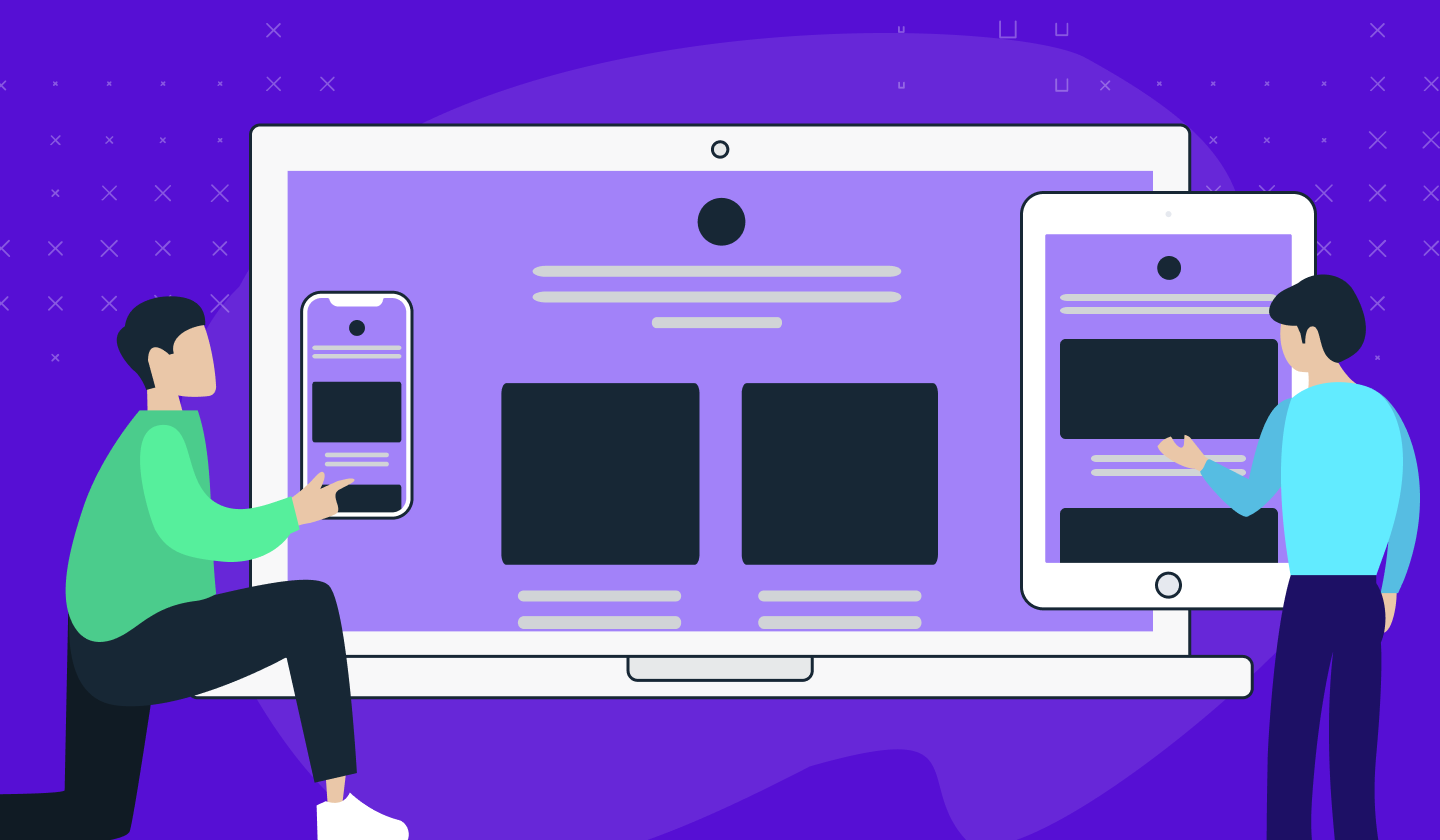Your Online Presence with Responsive Web Design Services

Don’t Let Your Website Fall Behind: Responsive Web Design Services Today
What is Responsive Web Design?
Understanding the Basics
Having a website that looks good on all devices is crucial. This is where responsive web design services come into play. But what exactly does this term mean? Responsive web design is an approach where a website’s layout and content automatically adjust to fit the screen size of the device being used, whether it’s a desktop, tablet, or smartphone.
The Importance of Responsive Design
Gone are the days when users accessed websites solely from desktop computers. With the proliferation of smartphones and tablets, your website needs to provide a seamless experience across all devices. A responsive design ensures that your site not only looks professional but also functions smoothly no matter what device your visitors are using.
Benefits of Responsive Web Design
Improved User Experience
One of the most significant benefits of responsive web design is the improved user experience. When your site adapts to the screen size, it reduces the need for users to zoom in and out or scroll horizontally. This leads to a more enjoyable and efficient browsing experience, which can keep visitors on your site longer.
Enhanced Mobile Accessibility
As mobile internet usage continues to grow, having a mobile-friendly website is no longer optional. Responsive web design services ensure that your site is easily accessible on smartphones and tablets, which can boost your reach and engagement with mobile users.
SEO Advantages
Search engines like Google favor websites that are mobile-friendly. By employing responsive design, you not only enhance the user experience but also improve your site’s search engine ranking. This means more visibility and potentially more traffic to your site.
Key Features of Effective Responsive Design
Flexible Layouts
Flexible layouts are crucial for responsive design. They use fluid grids that resize based on the screen dimensions, ensuring that your content always fits perfectly.
Fluid Grid Systems
Fluid grids involve designing with proportions rather than fixed sizes. This means that elements on your page will adjust in size according to the device’s screen width, making your website adaptable and functional.
Adaptive Images
Images should also be responsive. This involves using techniques like CSS media queries to adjust image sizes according to the device’s screen. This ensures that images don’t take up unnecessary space or load too slowly.
Viewport Meta Tag
The viewport meta tag is a fundamental part of responsive design. It controls the layout on mobile browsers, ensuring that your site is displayed correctly on different devices.
Choosing the Right Responsive Web Design Service
Evaluating Service Providers
When choosing a responsive web design service, it’s important to evaluate the service provider’s portfolio and client reviews. Look for a company with a proven track record of creating responsive sites that look great and perform well across all devices.
Why Opt for Local Web Designers?
Benefits of Hiring Local Web Designers
Hiring local web designers can offer several advantages. They are more likely to understand your specific market and can provide personalized service. Additionally, working with someone in your local area makes communication easier and faster.
How to Find the Best Web Designers
To find the best web designers, start by asking for recommendations from friends or business associates. You can also search online for local web design agencies and review their portfolios to find one that matches your style and needs.
Responsive Design Trends to Watch
Minimalist Designs
Minimalist designs continue to be popular because they focus on essential elements and offer a clean, uncluttered user experience. This trend can help improve loading times and overall site performance.
Voice User Interface (VUI)
As voice search becomes more common, integrating VUI into your design can enhance usability. This feature allows users to interact with your site using voice commands, making navigation more accessible.
AI-Powered Design
Artificial intelligence is starting to play a role in web design. AI can help analyze user behavior and make real-time adjustments to improve the user experience, making your site more intuitive and effective.
How Responsive Design Impacts Your Business
Boosting Customer Engagement
A well-designed responsive site can significantly boost customer engagement. When users have a positive experience on your site, they are more likely to interact with your content, products, or services.
Increasing Conversion Rates
Responsive design can also lead to higher conversion rates. By providing a seamless experience across all devices, you reduce barriers to conversion and make it easier for visitors to complete desired actions, such as making a purchase or signing up for a newsletter.
Conclusion
In the fast-paced world of digital marketing, responsive web design services are essential for maintaining a strong online presence. By ensuring that your website is adaptable and user-friendly across all devices, you enhance user experience, improve SEO, and ultimately drive more engagement and conversions. Whether you choose to work with local web designers or a larger agency, investing in responsive design is a smart move for any business looking to thrive online.
FAQs
What is the cost of responsive web design services?
The cost of responsive web design services can vary widely based on the complexity of the site and the service provider. On average, you might expect to pay anywhere from $2,000 to $10,000 for a professionally designed responsive website.
How long does it take to develop a responsive website?
The development time for a responsive website depends on the project’s scope. Typically, a responsive website can take anywhere from 4 to 12 weeks to complete, including design, development, and testing phases.
Can I update my site myself after it’s designed?
Yes, most responsive web designs are built on content management systems (CMS) that allow you to update your site easily without needing technical expertise. This makes it convenient to keep your content fresh and relevant.
What are some common mistakes in responsive web design?
Common mistakes include not optimizing images, failing to test across multiple devices and screen sizes, and overlooking mobile usability issues. Ensuring thorough testing and optimization can help avoid these pitfalls.
How can I test if my website is truly responsive?
You can test your website’s responsiveness using various online tools and browser developer tools. Look for features like fluid grids, adaptable images, and proper scaling across different devices to ensure your site is truly responsive.



